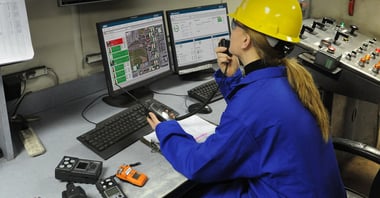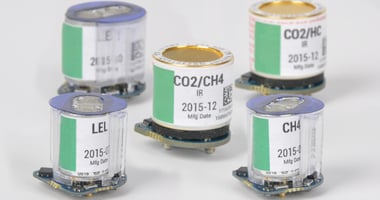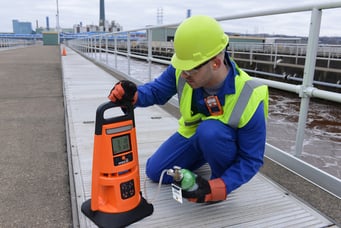Coal Mines and Canaries - The first real form of gas detection was the canary in a coal mine. Canaries were used because they would fall victim to the effects of carbon monoxide and other poisonous gases well before miners, and as a result, alert the miners to changes in the atmosphere of the mine. The miners were betting their lives, and the lives of the rest of the miners, on the bright yellow birds. Each day the miners would show up for work and before heading underground for their shifts, they would grab a canary in its cage and lightly “bump” it against a wall to ensure the canary was still alive. This practice was called a “bump test.” It was a vital check for the miners, since it wouldn’t make sense to bring a dead canary into a coal mine.
The term bump testing is quite likely the most used term in the portable gas detection world. By now, most users know what a bump test is. Still, many don’t know why, or in some cases how to do it.
“How do I bump test? Why do I bump test? How often do I need to do bump testing?”
“Hey have you bump tested your gas monitor?”
“Where is your bump test record?”
These are just some of the questions I have encountered over the past 7 years working in the gas detection industry.
In simple terms, a bump test is a functional test of the gas monitor to ensure that the sensors will respond to their target gas and that the alarms will function. This is performed by briefly exposing the sensors to their target gas. Bump testing should be performed before each day’s use. Bump tests check for sensor and alarm functionality but do not measure sensor accuracy and do not make adjustments to the instrument in the way that a calibration does.
Regardless of the brand or type of gas monitor you use, you have likely asked some of these questions about bump tests before. I have had thousands of conversations about bump testing, trained countless users on how to use their monitors, when to bump test, and how to bump test, and all of these questions come up again and again. The one question that I have been asked and didn’t really have an answer for was:
“Why do you call it a bump test?”
At this point, I have a confession to make...I made up the “bump test” bit of the canary story. To find the true origin of the term, I spent countless hours searching and asking around. Faced with adversity in my quest for answers, I sat down and thought long and hard. Accordingly, I made up a story to answer the question.
After I came up with the canary story, I began telling it every time I trained a user, and it was always good for a laugh. The important part is that I follow it up with an explanation of why it’s so important to bump test your monitor.
Stop Taking Dead Canaries into Your Coal Mine
Every day that you put on your gas monitor, you bet your life and everything you cherish on that little device. In most applications, it’s only a matter of time until you will rely on the ability of that gas monitor to do its job. That gas monitor is your canary, so please stop to make sure that the canary you take into your coal mine (refinery, oil well, steel mill, confined space) is not dead.



